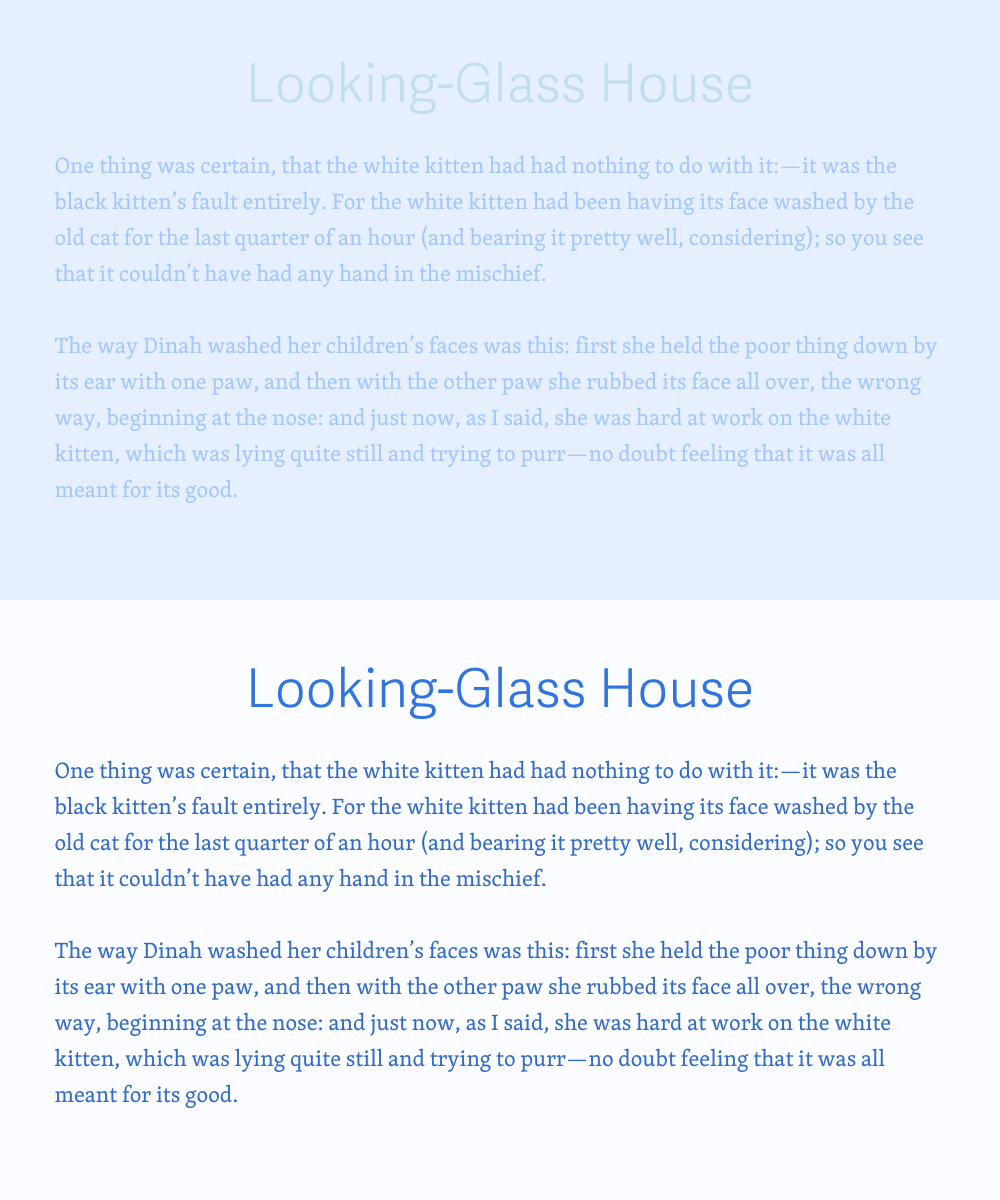
"As someone who's been speaking and writing about Accessibility , Inclusion and Inclusive Design, I've noticed how often the terms are used interchangeably. Since the European Accessibility Act (EAA) adaption (also known as EN 301 549) on June 28th 2025, I thought it was about time to clarify the difference. Accessibility From a Product Design perspective, accessibility is a measurable standard which reflects whether individuals are able to engage with your product independently. More simply phrased: Can someone use this product without the assistance of other people?"
"They exist on three levels (A, AA and AAA), each claiming a higher standard of accessibility. A guideline example is 1.4.3 Contrast: 'Text contrast against its background must be at least 4.5:1 for normal text, or 3:1 for large text (over 24px, or bold and over 19px)." - as defined by WCAG in Plain English. These minimum levels of contrast help people with visual impairments to read content comfortably. Such as individuals who experience color blindness or have low vision."
Accessibility is a measurable product standard that indicates whether individuals can engage with a product independently. WCAG, developed by W3C, defines measurable levels A, AA, and AAA with criteria such as contrast ratios to aid people with visual impairments. Accessible Design refers to solutions that meet these standards. Diversity covers the breadth of human differences, including age, language, physical, mental, and economic abilities. Inclusion concerns the feeling of belonging and participation. Inclusive Design aims to accommodate diverse needs. Temporary conditions, like not wearing glasses, also benefit from accessibility. The European Accessibility Act (EN 301 549) adapted on June 28, 2025.
Read at Medium
Unable to calculate read time
Collection
[
|
...
]